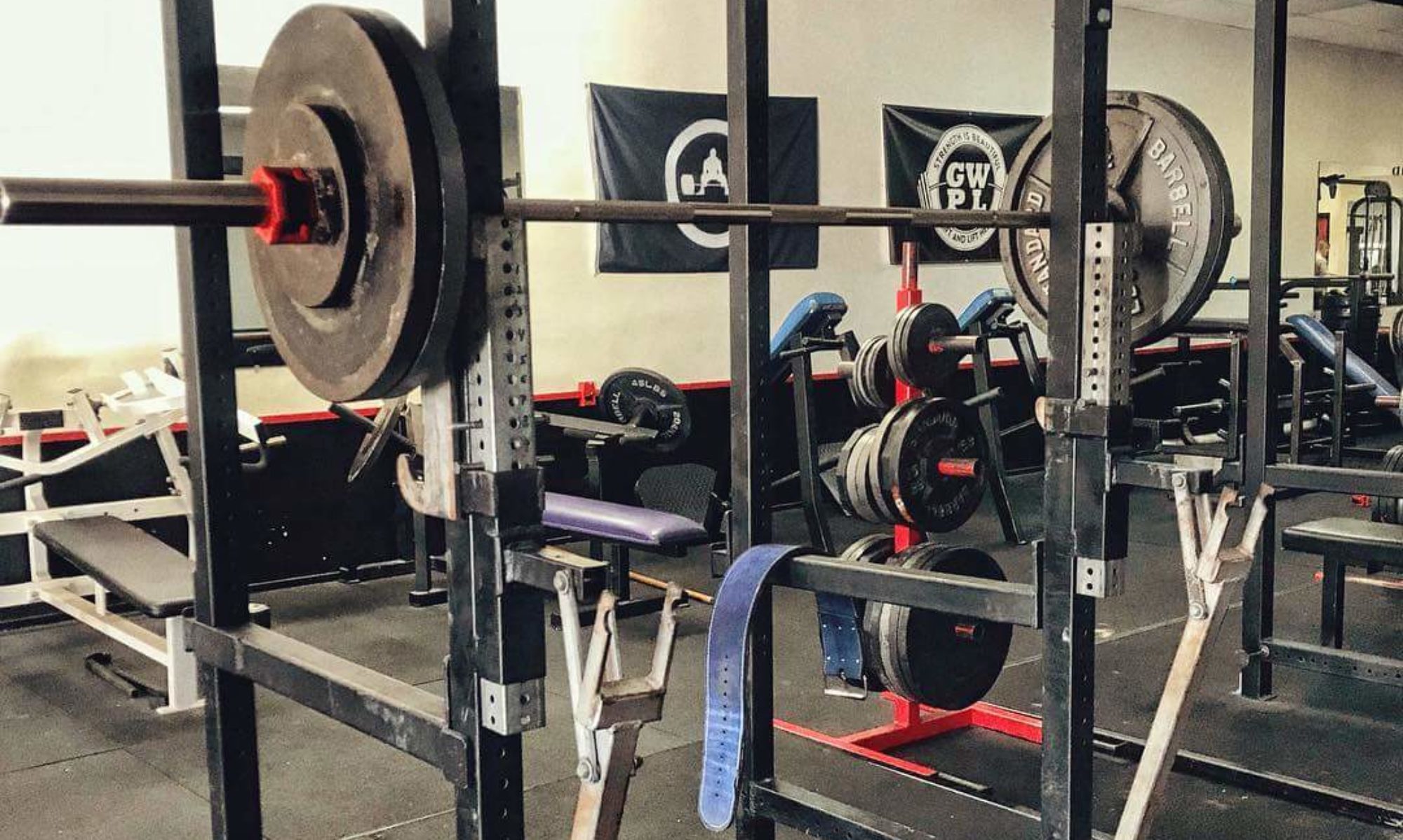Nutrition Guidance
I have been helping my clients manage their nutrition. I want to share how i do it because counting macronutrients is very easy.
I like to count macronutrients, macros for shorthand, to handle nutrition.
Counting macros makes it much easier and people can make it quite flexible using different applications downloaded onto the phone. However I have arranged several food items from each category of the macros measured in ounces and how much nutrients they contain in an ounce.
Before you figure out what you want to eat though you need to figure out how much allowance of each macro nutrient you’re allotted. You can do this is in a variety of ways but one of the easiest is googling a macro nutrient calculator to do the work for you. I use one on the website:
https://healthyeater.com/flexible-dieting-calculator
Simply fill out the blanks and choose what you want to do. I use a different starting method, whether someone wants to lose or gain weight i start the same. I start a person in their macros to maintain their current bodyweight. The reason I do this is because people’s eating patterns tend to be sporadic and unpredictable or predictable in that they are unpredictable. There are high and low days, more high calorie days for those that likely want to lose weight and likely more often low calorie days for those that usually want to gain weight. You can choose a higher or lower protein diet, simply ask yourself would you rather have more protein or more carbs in you eating program. If you want higher protein then you will have lower carbs and vice versa.
Once this is done you will have concrete numbers of suggestions for your macro nutrients. Then you need to decide how many meals you want to eat, I always select 3 meals unless asked otherwise but it tends to be the easiest way to generally help people. Below is a listing of the macro nutrients and foods that i have collected to fit into each meal. The foods are measured in how much nutrient per ounce, with exceptions such as breads . Most food items are also to be measured after being cooked, with the exception of potatoes and egg whites.
FATS oz
Peanuts 14g
Cheese 9g
Peanut butter 14g
Almonds 6g
Pistachios 13g
Avacados 4g
CARBS oz
Raw potato 5.5g
Pasta 7g
Rice 8g
Grapes 5g
Bananas 6.5g
Watermelon 2g
Corn 5.4g
Dry oatmeal 21g
Cooked oatmeal 3.5g
Multigrain bread 18g slice
White bread 15g slice
English muffin 26g muffin
Raisin bread 14g slice
Rye bread 12g slice
PROTEIN oz
Chicken 8g
Beef 7.3g
Turkey 8g
Pork 6g
Raw Egg whites 3.1g
Cottaged cheese 3.5g
These food items are measured by the ounce and the number next to it is how much of the nutrient in that category it has. This makes it easy to determine how much you get to eat per meal or daily. If you are allowed to eat 200 grams of protein each day and you want to have 3 meals you divide 200 by 3 and then you’ll have how much protein for each meal (66). So then you choose your protein and you can have that much protein in each meal. Chicken has 14 grams of protein per ounce, so you could have 4.7 ounces of chicken in each meal, of course you do not have to have chicken for every meal you can have whatever protein you like for each meal. While we are on the topic of protein keep in mind that protein that is chosen must be the leanest cuts, not the 80%/20% ground beef or the fat marbled ribeye, you want the 95% ground beef or the sirloin steak. You will use this same method to divide and distribute how much of each macro nutrient you can have for each category.
Remember this is your starting point.
So if your goal is to lose weight and you use the initial macro count for a few weeks and you are not losing much or any weight anymore then its time to lower your food intake. you can do this by simply subtracting a percent from your total allotment of macros, do this by multiplying the inverse of how much you want to reduce it by.
ex. you want to reduce your 200 grams of protein by 3%, simply multiply 200×97% or 200x.97 and you will get your new amount=194 grams per day.
I recommend the macro(s) you choose to reduce are the one(s) if present that you may have a tougher time consuming the total recommended amount. If not just pick the one you want to reduce. I would only do one or maybe two at a time, not all three at once, and i usually do protein last.
In the situation of gaining weight, if a person loses any weight in the maintenance numbers then the person needs to immediately increase their macro nutrient amount. You may not want to add too aggressively to avoid gaining more bodyfat than what is desired. When gaining bodyweight even if your goal is muscle, I’ll tell you straight,
YOU WILL GAIN SOME BODYFAT.
That’s okay, it’s part of the process, but if you want to get lean after you do that bulking phase, go for it. That is why we monitor and know how much of each nutrient we are eating, so we can accurately and precisely manage how much we gain or lose for the look we want or the performance goal we want to achieve.
I hope this helps you, feel free to find us on INSTAGRAM @thebarsanangelo or click https://www.instagram.com/thebarsanangelo/ and you can ask questions or just email me.
I hope to have a YOUTUBE video out soon to help explain this as well. You’re welcome to check out our YOUTUBE channel here: https://youtu.be/AnvdvMa_UnQ

